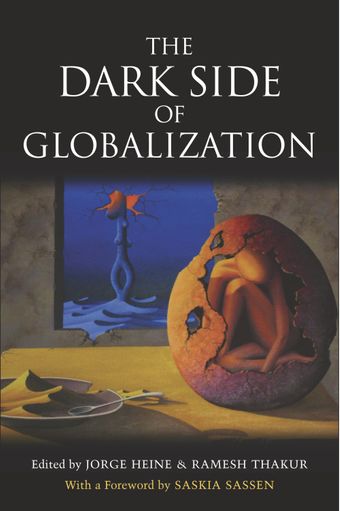- Home
- Books
- The Dark Side of Globalization
- Chapter
Maoism in a globalizing India

- Author: Ajay K. Mehra
- Main Title: The Dark Side of Globalization , pp 101-122
- Publication Date: October 2013
- DOI: https://doi.org/10.18356/791def02-en
- Language: English
The persistence of “Naxalism”, the Maoist “revolutionary” politics, in India after over six decades of parliamentary politics is a visible paradox in a democratic “socialist” India. Inheriting pre-independence “revolutionary” politics situated in a feudal-colonial context, India “resolved” it by 1951 with political, military and civil society initiatives. However, the socioeconomic conditions that aided the Communist Party of India to launch a Russian and Chinese inspired revolution in Telangana in 1946 persisted and aided the China-inspired communist faction to launch another “revolution” from Naxalbari, in West Bengal, in 1967. The Indian state suppressed the movement within five years, leaving the basic issues, land reforms and rural deprivation, which had inspired the two experiments with Marxist-Leninist-Maoist (henceforth Naxalism) unresolved.
© United Nations
ISBN (PDF):
9789210563352
Book DOI:
https://doi.org/10.18356/b6fed040-en
Related Subject(s):
Economic and Social Development
Sustainable Development Goals:
Countries:
India
-
From This Site
/content/books/9789210563352s006-c003dcterms_title,dcterms_subject,pub_keyword-contentType:Journal -contentType:Contributor -contentType:Concept -contentType:Institution105
/content/books/9789210563352s006-c003
dcterms_title,dcterms_subject,pub_keyword
-contentType:Journal -contentType:Contributor -contentType:Concept -contentType:Institution
10
5

